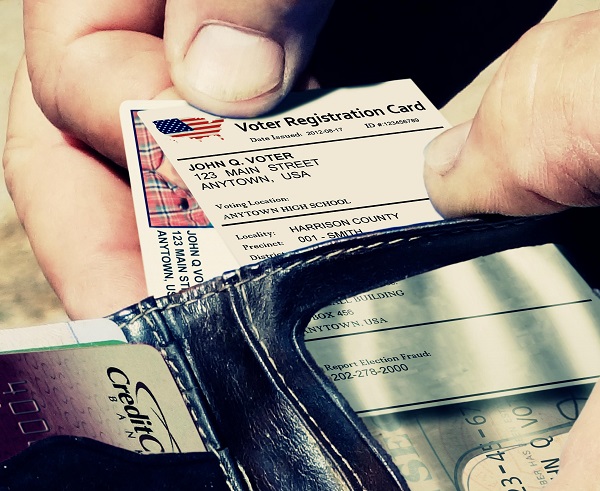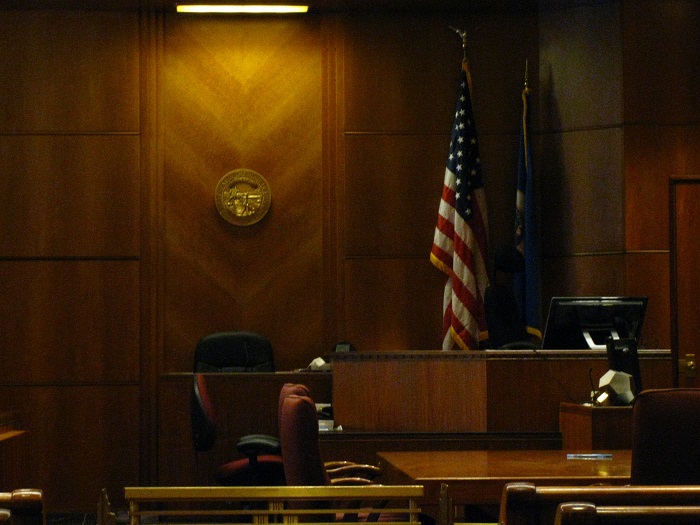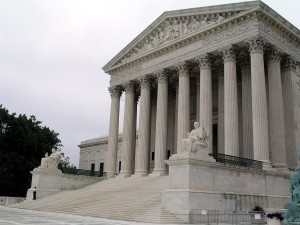 Last week we learned of the passing of former Judge Kenneth Fitpatrick, who served the Ramsey district bench from 1986 to 1998. Looking back, Judge Fitzpatrick might share the same fate as the late Judge Olin Lewis in that his page in history will forever be that of the presiding judge of a history-changing trial. The case of State of Minnesota v. Philip Morris alleged a 50-year conspiracy to defraud America about the hazards of smoking, to stifle development of safer cigarettes, and to target children as new customers. Called the largest lawsuit in Minnesota history, the 1998 trial ended in a settlement agreement of roughly 6.6 billion dollars. This guts of this trial essentially boiled down to the discoverability of over 30,000 sensitive corporate documents, and Judge Fitzpatrick made historical rulings which forced the disclosure of said documents.
Last week we learned of the passing of former Judge Kenneth Fitpatrick, who served the Ramsey district bench from 1986 to 1998. Looking back, Judge Fitzpatrick might share the same fate as the late Judge Olin Lewis in that his page in history will forever be that of the presiding judge of a history-changing trial. The case of State of Minnesota v. Philip Morris alleged a 50-year conspiracy to defraud America about the hazards of smoking, to stifle development of safer cigarettes, and to target children as new customers. Called the largest lawsuit in Minnesota history, the 1998 trial ended in a settlement agreement of roughly 6.6 billion dollars. This guts of this trial essentially boiled down to the discoverability of over 30,000 sensitive corporate documents, and Judge Fitzpatrick made historical rulings which forced the disclosure of said documents.
R.J. Reynolds lawyers stated that they felt forced into the settlement by what they considered unfair court rulings and a biased judge, but these rulings were upheld all the way to the U.S. Supreme Court. And if jurors are to be appreciated for their fundamental role in our justice system, the 15-week sacrifice of the tobacco jurors should be noted. Then-Chief Judge Lawrence Cohen (also recently deceased) lobbied the Minnesota Legislature to pay the tobacco jurors lump sums for their hardship. Judge Fitzpatrick himself retired shortly after the long and stressful trial, citing health reasons.
Much has changed when it comes to tobacco consumption and marketing since the time of this trial, which wasn’t so long ago. You might actually remember the hip and edgy Joe Camel ads gracing billboards and magazine pages well into the nineties. Bars and restaurants at one time not only permitted smoking, but encouraged it with the availability of cigarette vending machines (which bore warning signs not to purchase them if you were under 18). Even the recent restorations of the judge portraits involved tedious removal of yellow tobacco film from the canvasses, as smoking was once permitted and common in the law library.








